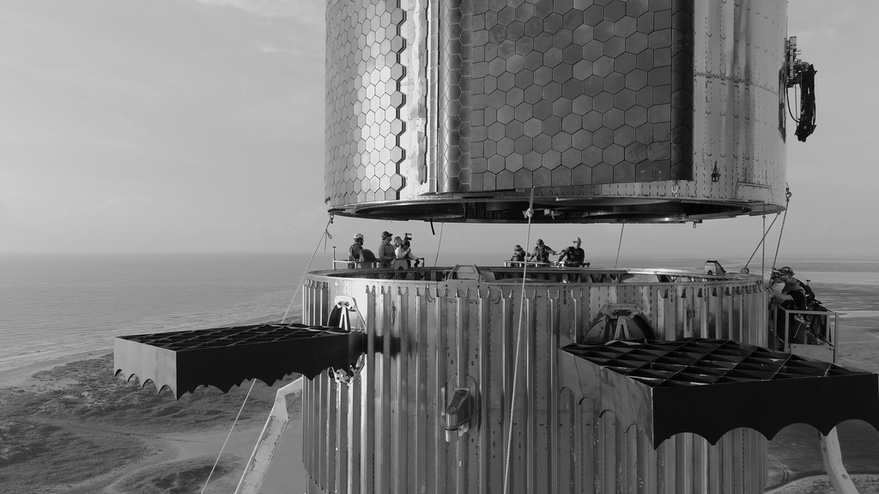KIHEI, Hawaii — A draft environmental assessment released by the Federal Aviation Administration suggests that SpaceX will be able to proceed with orbital Starship launches from Texas, but with a number of mitigations required.
The release of the Draft Programmatic Environmental Assessment (PEA) by the FAA Sept. 17 starts a public comment period that will run through Oct. 18, with two virtual public meetings scheduled for Oct. 6 and 7.
The FAA required the assessment before deciding whether to issue a launch license or experimental permit to SpaceX for orbital launches of its Starship/Super Heavy vehicle. Previous low-altitude suborbital test flights by Starship used an earlier environmental assessment originally prepared when SpaceX planned to launch Falcon 9 and Falcon Heavy rockets from its Boca Chica, Texas, site. That earlier review is not sufficient to account for environmental impacts from the far larger Starship/Super Heavy configuration.
The report itself does not determine if the FAA should license Starship orbital launches but instead assesses the environmental effects of launch activities and whether and how they can be mitigated. The report could lead the FAA to seek what it calls a “more intensive” environmental impact statement.
However, the draft version of the report identifies few issues it deemed significant. Many of the factors included in the assessment, from air and water quality to noise and visual effects, can be mitigated through measures outlined in the report. For example, SpaceX would be required to take measures minimize any release of hazardous materials and waste and clean up any spills.
One potential stumbling block is potential effects on endangered species around Boca Chica. The report concluded that orbital launches from Boca Chica “would adversely affect species listed under and critical habitat designated under the federal Endangered Species Act.” The FAA said it’s working with the U.S. Fish and Wildlife Service to determine those effects, and that the environmental review process won’t be completed until that agency offers its formal opinion.
This environmental assessment, though, may only apply to initial Starship launches from Boca Chica. The assessment assumes up to 20 Starship suborbital test flights annually during its development phase, and up to five Starship/Super Heavy orbital launches annually. SpaceX’s projected demand for Starship is likely to far exceed that flight rate, which could require a reassessment of its environmental impacts.
“If the Draft PEA is finalized, and SpaceX further develops the program, the FAA would analyze the environmental impacts of proposed future activities in part by using information developed during the current process,” the FAA said in a Sept. 17 statement.
In a Sept. 17 tweet, SpaceX Chief Executive Elon Musk called on the public to express its support for his company’s Boca Chica plans. “Please add your voice to the public comments. Support is greatly appreciated!” he said. “Humanity’s future on the moon, Mars & beyond depends upon it.”
Once the public comment period closes, the FAA will incorporate those comments and other work into a final version of the environmental assessment. The FAA will then make a “record of decision” about whether the proposal would have significant environmental impacts. Only when that is done would it complete the licensing process for Starship/Super Heavy orbital launches.
